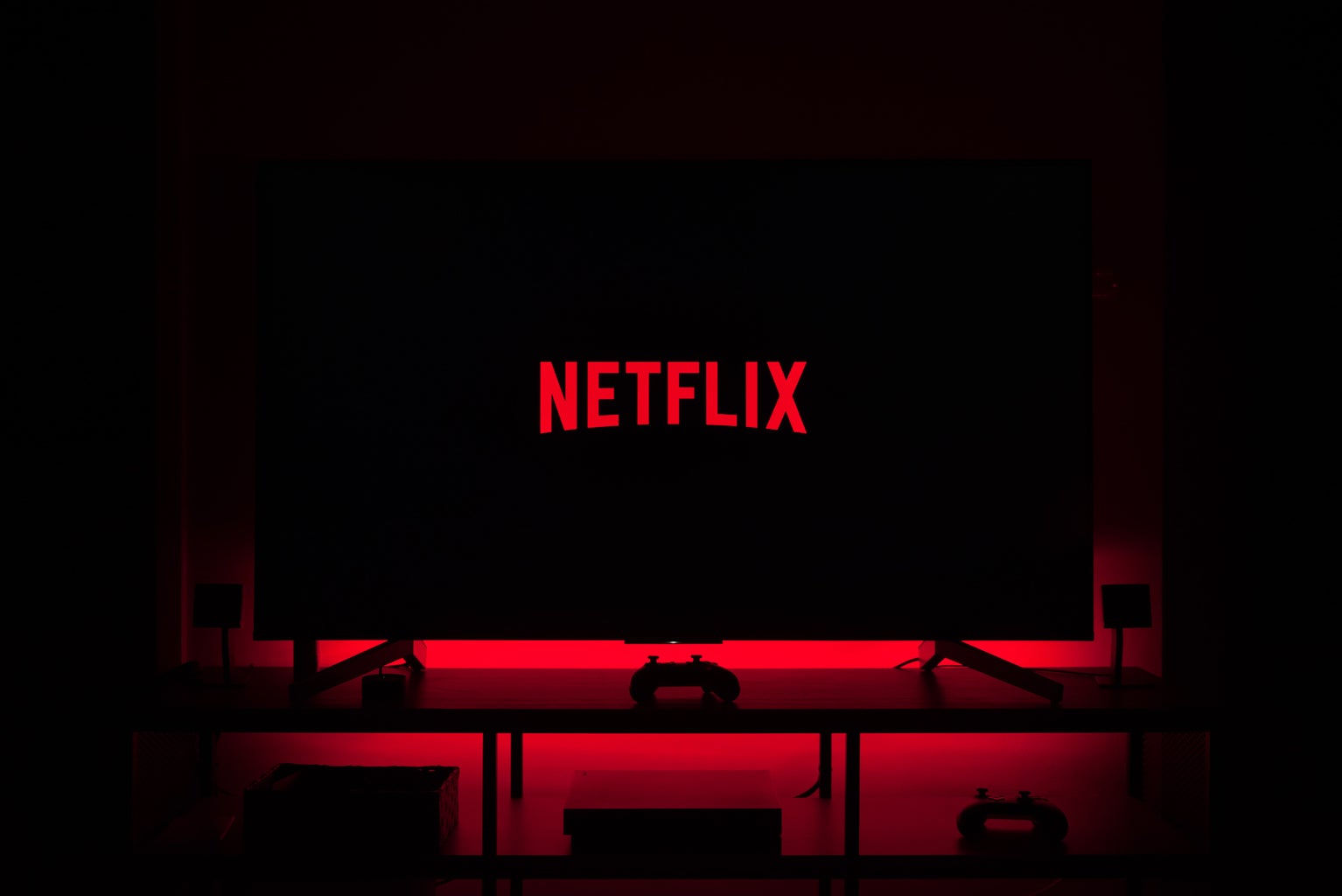Trigger Warning: This article includes references to sexual assault, domestic violence and abortion.
I’m no movie critic, nor do I pretend to be, but I know a bad movie when I see one. Even more so, I know a sexist movie when I see one.
And the new film Blonde takes the cake.
Written and directed by filmmaker Andrew Dominik, Blonde stars Ana de Armas as the protagonist. Before I continue, a disclaimer. De Armas plays her role beautifully — she’s incredibly talented. What’s problematic is the source material and the way Dominik went about promoting his film.
Blonde markets itself as a pseudo-biographical narrative of Norma Jean Mortenson, more famously known as Marilyn Monroe. The film is based on the novel of the same name written by Joyce Carol Oates. It’s a hefty, 738-page book that Oates is adamant should not be considered biographical, but the film itself isn’t as straightforward.
The film heavily showcases Norma Jean’s distaste for “playing” Marilyn Monroe. For Norma Jean, there is a clear emotional and psychological line drawn between the two women. She hates the attention her “other self” garners and is uncomfortable with the sex symbol she has become. As a viewer, the film initially feels like an attempt to tell Norma Jean’s, rather than Marilyn Monroe’s, story, but Dominik indistinguishably blurs the line between the two. The result is an equally sexualized Norma Jean.
To start, incredible attention is paid to Norma Jean and Marilyn Monroe’s body. Scenes meant to be poignant and emotional are undercut by the camera’s focus on Norma Jean’s uncovered breasts (both are over a minute long and, trust me, it feels longer). In one of them, she is on her knees looking up at her abusive husband calling him “Daddy.” While recreating the iconic photo of Monroe over the subway grate, the camera exclusively makes her legs, butt and vagina the focal points of the shot. When her former lover dies, Norma Jean must grieve topless.
As if these scenes aren’t objectifying enough, Dominik quite literally takes the audience inside Norma Jean’s body. During both of her forced abortions (it is unknown whether she experienced these in real life), there are shots from within her vagina; the doctor peers in while Norma Jean begs them to stop. The pain we are meant to feel for Norma Jean, the pain of losing yet another child (she miscarried three times during her life), is trivialized. It is sexualized by the shock factor of being within her. It is as if Dominik is using this moment to fulfill the desires of men who lusted after Marilyn Monroe while she was alive.
To make these forced abortion scenes even worse, the film essentially becomes anti-abortion propaganda. Dominik has said the film was not meant to be anti-abortion media, but it’s (extremely) hard to see his reasoning. While under anesthesia during one of the abortions, Norma Jean dreams of her baby burning alive. There are several scenes in which Norma Jean’s lost fetuses speak to her, asking, “You won’t hurt me this time, will you?” The film establishes that the cost of the success of Marilyn Monroe’s film Gentlemen Prefer Blondes is her former fetus’s life. Monroe asks herself, “For this, you killed your baby?”.
The film is painfully graphic. At her lowest, Marilyn Monroe is still made to be the object of fetishization. Variety said it best: “Blonde is three hours of “non-stop harassment, exploitation and traumatization of Monroe.” Dominik told Decider that he only wanted to “skate through” Monroe’s sexual assault at the beginning of the film, using it as a launching point for the rest. It’s quite a blasé take for a scene that continues to be referenced throughout the movie, forcing Monroe— and the viewer —to experience it again and again.
In an interview with Vulture, Dominik made it clear that the movie is a “rescue fantasy. It’s all from the point of view of: ‘If I’d been there, she would’ve been fine.’” It’s a gross point of view propped up by ideas of male saviorship. Blonde makes no attempt to show the intelligent, savvy and confident sides of Norma Jean. It’s just another Marilyn Monroe movie to ogle. Dominik also let slip his own perverted intentions for the film. “I’d rather go and see the NC-17 version of the Marilyn Monroe story,” he told Vulture. And NC-17 it is. The vulgarity and trauma displayed on screen strip Monroe of all her agency. She becomes a victim of the film, and her pain is sold to the public for entertainment.
While alive, Monroe was seen as a sexpot, a symbol of the sexually revolutionary America. She was taunted, harassed, objectified and most of all, misunderstood. Blonde makes no attempt to rectify that. The newest generation of consumers with little knowledge of Monroe lacks the context to separate reality from fiction. Monroe isn’t vindicated through Blonde. She is once again dragged through the cultural magnifying glass. No part of her life (or her body) remains private. It is all for consumption.
Blonde is only one of many recent pieces of media to fetishize women’s pain. Take pop culture’s never-ending obsession with Princess Diana, a woman brazenly defined by her former husband and death. In The Crown, Diana’s successes are shown infrequently; instead, the focus is her rapidly deteriorating marriage with Prince Charles. Spencer, the 2021 historical drama starring Kristen Stewart, is exclusively centered around Diana’s inner pain. Like Monroe, her agency is stolen.
Blonde, however, takes this trend too far. It’s blatantly illicit and reflects an obvious disregard for any respect to be had for who Marilyn Monroe was. If I tried to run Blonde through the Bechdel Test, it would malfunction.
Error, it would read. Too sexist.
Too heartbreaking to compute.




